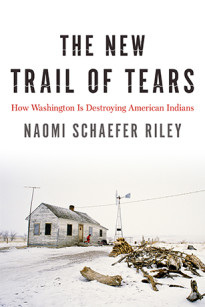In the New York Post, Naomi Schaefer Riley reports on a new Carnegie Mellon study that shows legalized pot disproportionately affects America’s poor:
The new study, which looked at use rates between 1992 and 2013, also found that the intensity of use had increased in this time. The proportion of users who smoke daily or near daily has increased from 1 in 9 to 1 in 3. As Davenport tells me, “This dispels the idea that the typical user is someone on weekends who has a casual habit.”
Sally Satel, a psychiatrist and lecturer at Yale, says that “it is ironic that the people lobbying for liberalized marijuana access do not appear to be the group that is consuming the bulk of it.” Instead, it’s “daily and near-daily users, who are less educated, less affluent and less in control of their use.”
In fact, the typical user is much more likely to be someone at the bottom of the socioeconomic ladder, whose daily life is driven, at least in part, by the question of how and where to get more marijuana. Just consider the cost. Almost a third of users are spending a tenth of their income on marijuana. And 15 percent of users spend nearly a quarter of their income to purchase the drug. The poor have not only become the heaviest users, but their use is making them poorer.
To all the middle-class professionals out there reading this: Do you know anyone who spends a quarter of their income on pot? Of course not. But these are the people our policies and attitudes are affecting.
Read the full article in the New York Post.
For more from Naomi Schaefer Riley, read The New Trail of Tears: How Washington is Destroying American Indians.
